This lesson is easily nested into a storyline as an episode exploring the phenomenon of popcorn popping. In this episode, students investigate the question, "How does popcorn pop?" Keep in mind that phenomena-based lessons include storylines which emerge based upon student questions. Other lesson plans in the National Agricultural Literacy Curriculum Matrix may be used as episodes to investigate student questions needing science-based explanations. For more information about phenomena storylines visit nextgenstorylines.org.
a href="https://www.seedstorylines.org/" target="_blank">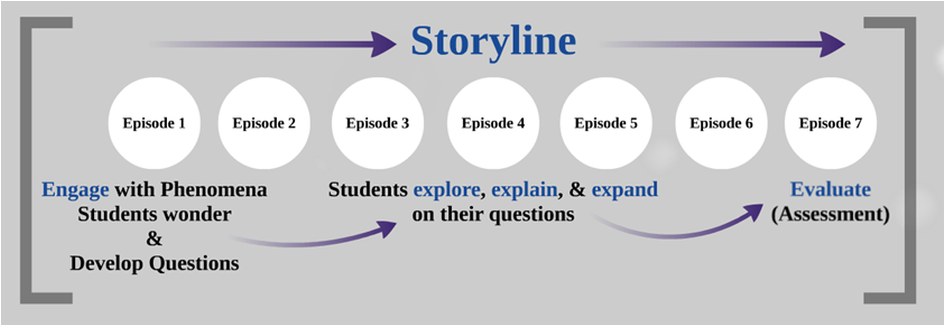
Popcorn is a "New World" food—it originated in the Americas and was unknown in the Eastern continents until after the voyage of Columbus. Just because it's called a "New World" food doesn't mean it's very new at all. In fact, the oldest ears of popcorn ever found were discovered at Bat Cave in west central New Mexico and are thought to be around 5,600 years old.2 Native tribes from North and South America relied on popcorn as an important food staple but also used it as a decoration. Cortez noted this in 1519 when he came into contact with the Aztecs, who used it to create exquisite decorations like ceremonial headdresses, necklaces, and ornaments on statues.
Americans today consume 13 billion quarts of popcorn each year, more than any country in the world.3 13 billion quarts averages out to about 42 quarts (40 L) or 10.5 gallons per person. Imagine 10.5 gallon milk containers full of popcorn for every person in the United States. That's a lot of popcorn! The majority of the popcorn consumed worldwide is grown in the Corn Belt of the United States covering Iowa, Illinois, Indiana, southern Michigan, western Ohio, eastern Nebraska, eastern Kansas, southern Minnesota, and Missouri. Nebraska is the top producer of popcorn.
Popcorn is a type of maize (corn) scientifically known as Sea mays everta. There are five different types of corn—sweet corn, popcorn, dent (field) corn, flour corn, and flint corn—but only one kind that pops...popcorn! Popcorn seeds are planted in the spring and take 7-10 days to germinate. The plant can grow to about 8 feet high and produce ears of corn covered in a green husk. Popcorn plants are wind pollinated. The pollen is located in the tassels at the top of the plant. The ears form silks that catch the pollen as the wind blows. The pollen travels down a small tube in each silk and fertilizes the ovule at the base. After successful fertilization, a kernel develops and the silk detaches.
The popcorn is ready to harvest when the kernels become hard and the stalk and leaves of the plant are brown and dry. Typically, a combine is used to harvest the popcorn. The ears are stripped from the stalk, and the kernels are shelled from the cob in the combine. The kernels are transported to a storage bin where they are dried until they reach the ideal moisture level of 14%. The kernels are then cleaned, polished, and packaged for distribution.
Popcorn is a grain composed of three parts—the pericarp (hull), germ, and endosperm. The pericarp is the hard outer shell surrounding the popcorn kernel. Inside the kernel is the germ, or seed embryo, and the endosperm. The endosperm contains trapped water and starch, which serves as food for the embryo during germination.
The popcorn kernel will pop when it is heated to an internal temperature of 400-460°F (204-238°C). When the kernel is heated, the moisture in the endosperm begins to boil and turns to steam. Because the pericarp is hard, pressure builds up inside the kernel. The starch gelatinizes and the moisture vaporizes until the pressure inside the kernel reaches 135 pounds per square inch. At this point the kernel bursts open and the starch solidifies to form the white, puffy part of popped popcorn. As the kernel turns inside out, the steam escapes.
One serving of popcorn provides about 70% of the recommended individual daily intake of whole grains. Popcorn also contains fiber, iron, and a number of essential vitamins. Per cup, popcorn contains 31 calories when air-popped, 55 calories when oil-popped, and 133 calories when lightly buttered. Popcorn is a healthy and nutritious whole grain snack option.
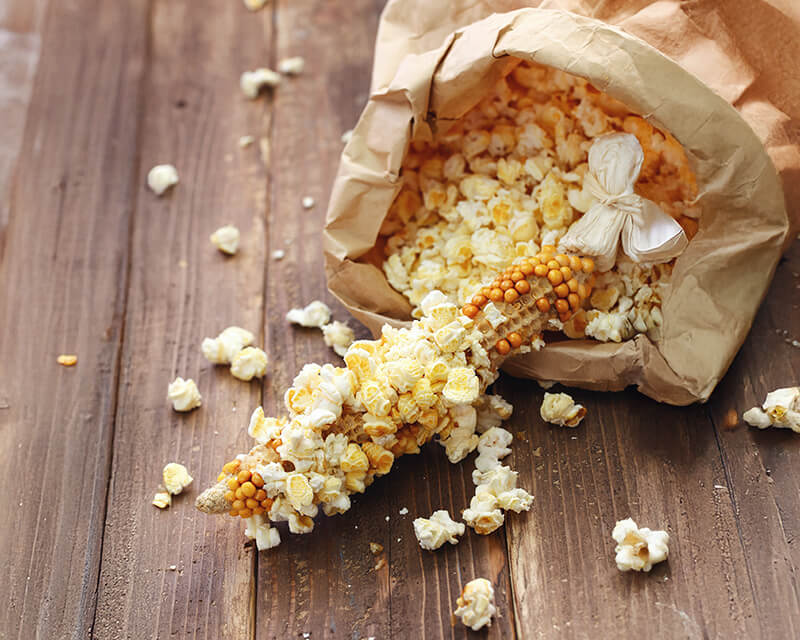

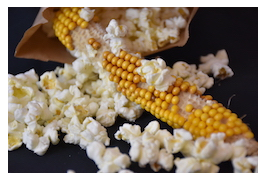
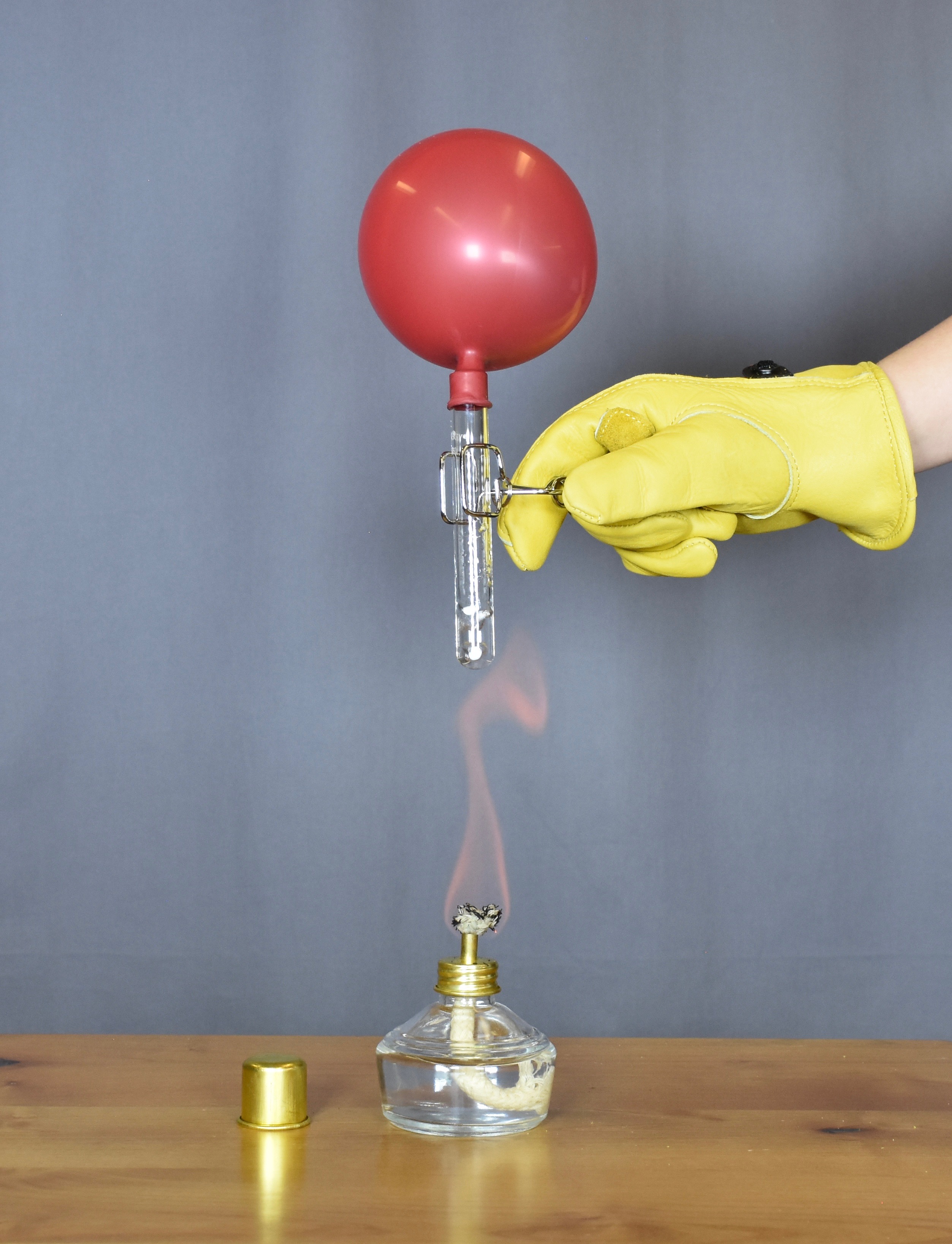 It will take about 45 seconds-1 minute for the water to begin to boil. At this point, hold the test tube straight up to allow the steam to enter the balloon. As the water reaches the boiling point, ask the students, "What are you observing?" (The water is changing to steam. The steam is expanding and trying to escape, inflating the balloon with its pressure.) Ask the students to predict what they think will happen to the balloon and why. (Eventually, the steam will create enough pressure to explode the balloon.) It will take about 1-1.5 minutes for the balloon to inflate and about 1.5-4 minutes or more for the balloon to pop.
It will take about 45 seconds-1 minute for the water to begin to boil. At this point, hold the test tube straight up to allow the steam to enter the balloon. As the water reaches the boiling point, ask the students, "What are you observing?" (The water is changing to steam. The steam is expanding and trying to escape, inflating the balloon with its pressure.) Ask the students to predict what they think will happen to the balloon and why. (Eventually, the steam will create enough pressure to explode the balloon.) It will take about 1-1.5 minutes for the balloon to inflate and about 1.5-4 minutes or more for the balloon to pop.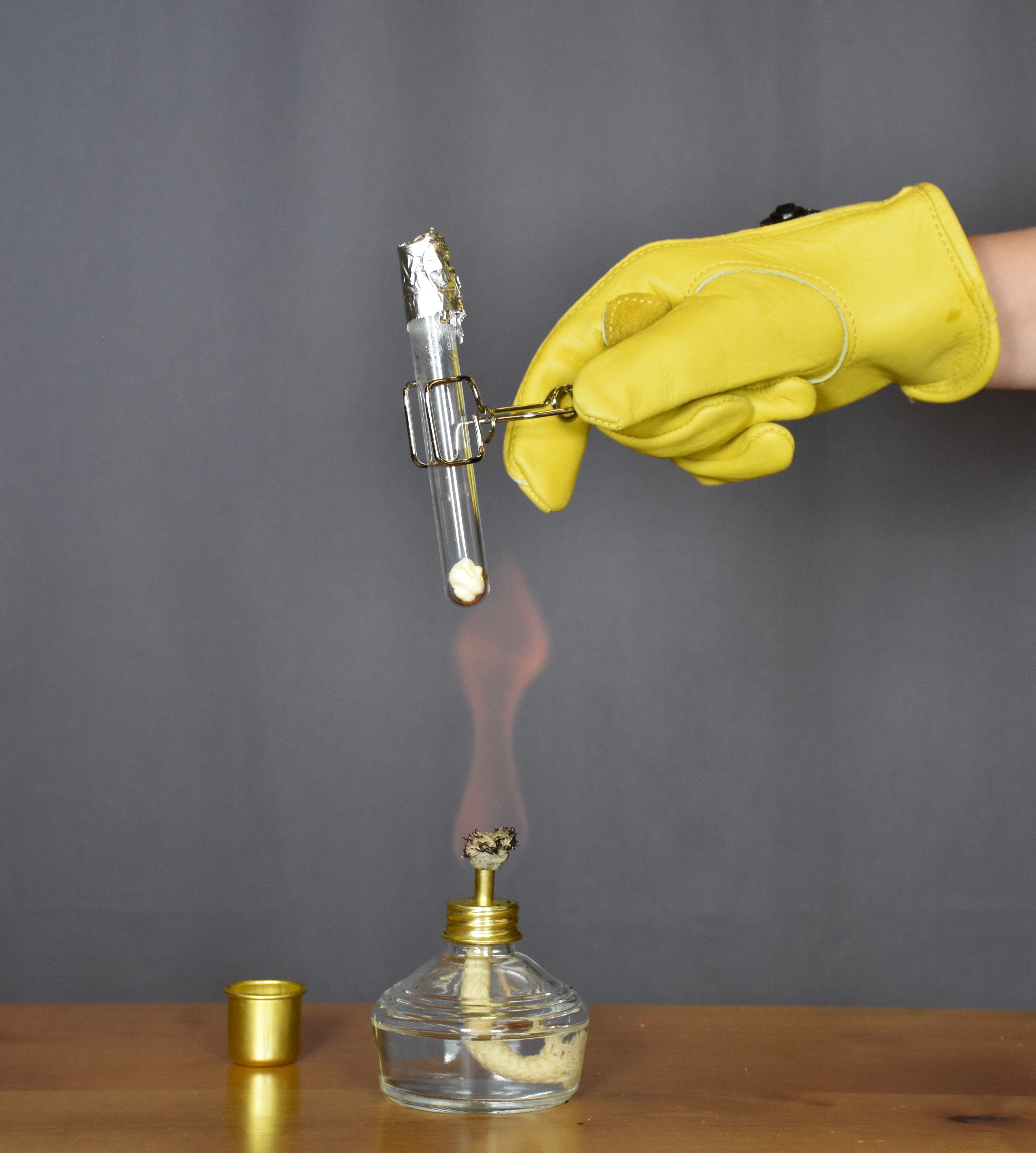 remind the students that popcorn kernels contain water. Ask them to predict and explain what will happen if a kernel of popcorn is heated in a test tube.
remind the students that popcorn kernels contain water. Ask them to predict and explain what will happen if a kernel of popcorn is heated in a test tube.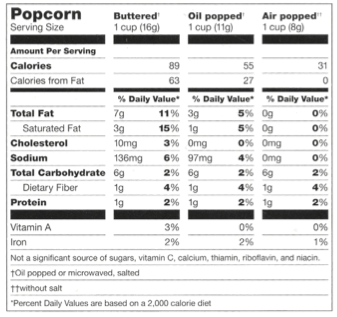 Put three cups of air-popped popcorn into a bowl, show it to students, and write the calorie content (93 calories) on the board.
Put three cups of air-popped popcorn into a bowl, show it to students, and write the calorie content (93 calories) on the board.